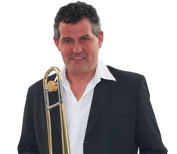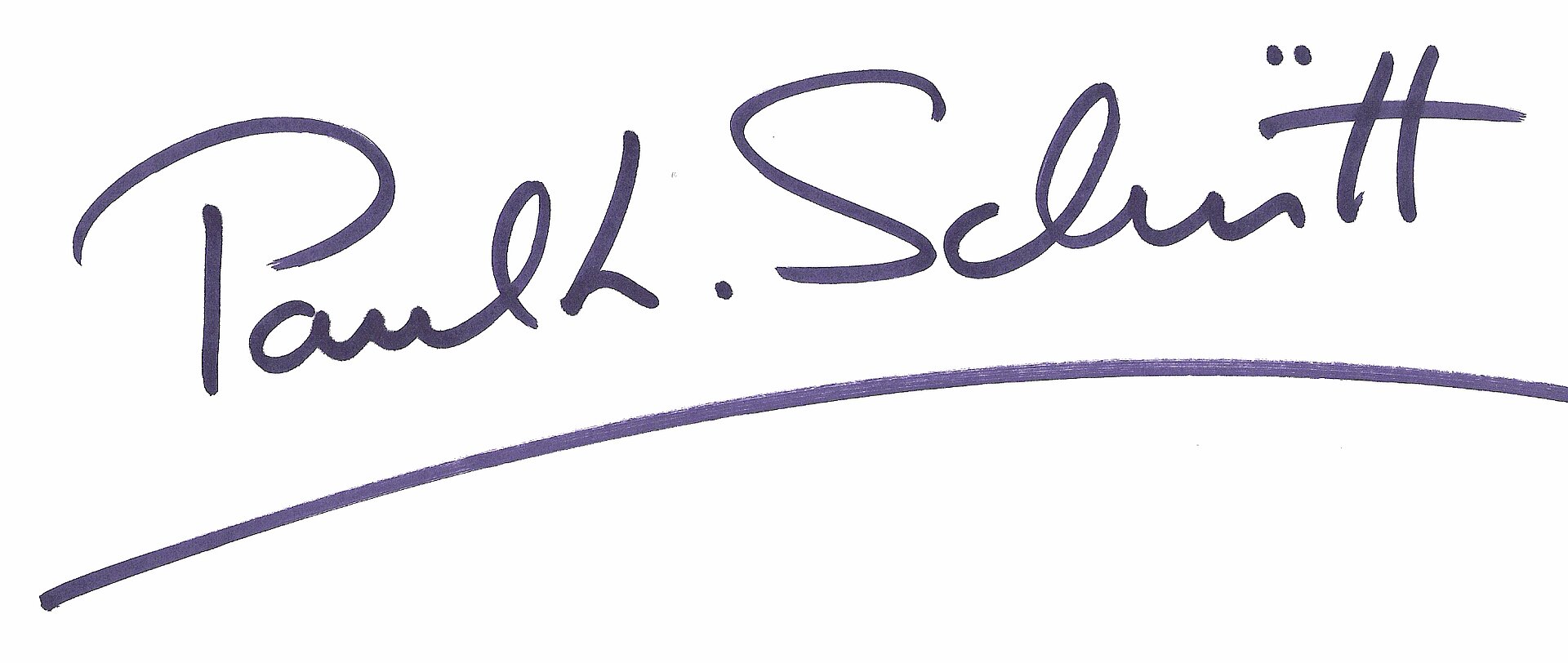Introduction
Just in case you were wondering: what I’d like to discuss here, are the sixth and seventh trombone slide positions in the 3rd register, more specifically the notes F and E. This “middle trombone register” is notorious for causing problems between high and low Bb when playing intricate riffs.
The easiest way to solve this conundrum—if you are not too keen on practicing for hours on end—is to choose an instrument with an F attachment. This workshop, however, focuses on playing all exercises without an F attachment.
Useful Applications for The Extreme Positions
A seasoned trombone player should be able to reach all positions equally swiftly. What I mean is: sliding from 1 to 2 should be a fast as sliding from 1 to 6 or 7. This comes down to moving the trombone slide at different speeds to reach the notes in time with the music. Part of the fun of playing the trombone is precisely the ability to use the slide to great effect. One important aspect to consider is the ascending or descending note sequence with respect to the slide direction. In many cases, the slide indeed needs to “work against” the note sequence. Of course, there are logical and easy explanations for this. The choice of the optimal slide position should always be based on the ascending or descending order of notes to be played. Obviously, players with relatively short arms have every reason to avoid the extreme slide positions.
Overreached
Why do the members of a big band’s trombone section move their slides in different directions even though they play exactly the same? Well, that’s because every trombone player uses their own “sliding pattern”. And they are all right. Here is an introductory exercise for practicing different slide positions (no. 1).
Slip-Sliding Away
In the following score examples, which are excerpts from “Mas Que Nada”, there are two melody passages we will look at in detail. If all Fs in example 3 are played using the first position, the fast downward movement between the F and G requires quite a few opposite movements. I recommend playing the continuation using position 1.
Exercise 3: Mas Que Nada (Jorge Ben/Deane)
High-speed train
For the next exercise, I would like to make a high-speed slide suggestion that doesn’t seem to make sense at first. Still, you will thank me for this hint while playing fast passages. This may seem a bit out of the ordinary, but it will certainly impress your audience and fellow players. I chose this move for Charlie Parker’s “Billies Bounce” blues theme (exercise 5). The triplet passage, ornament or “TURN” is usually indicated by means of a (~) symbol above the notes and is best played by moving the slide from sixth to fourth position.
Exercise 5: Billies bounce (Charlie Parker)
But for now, have fun.






